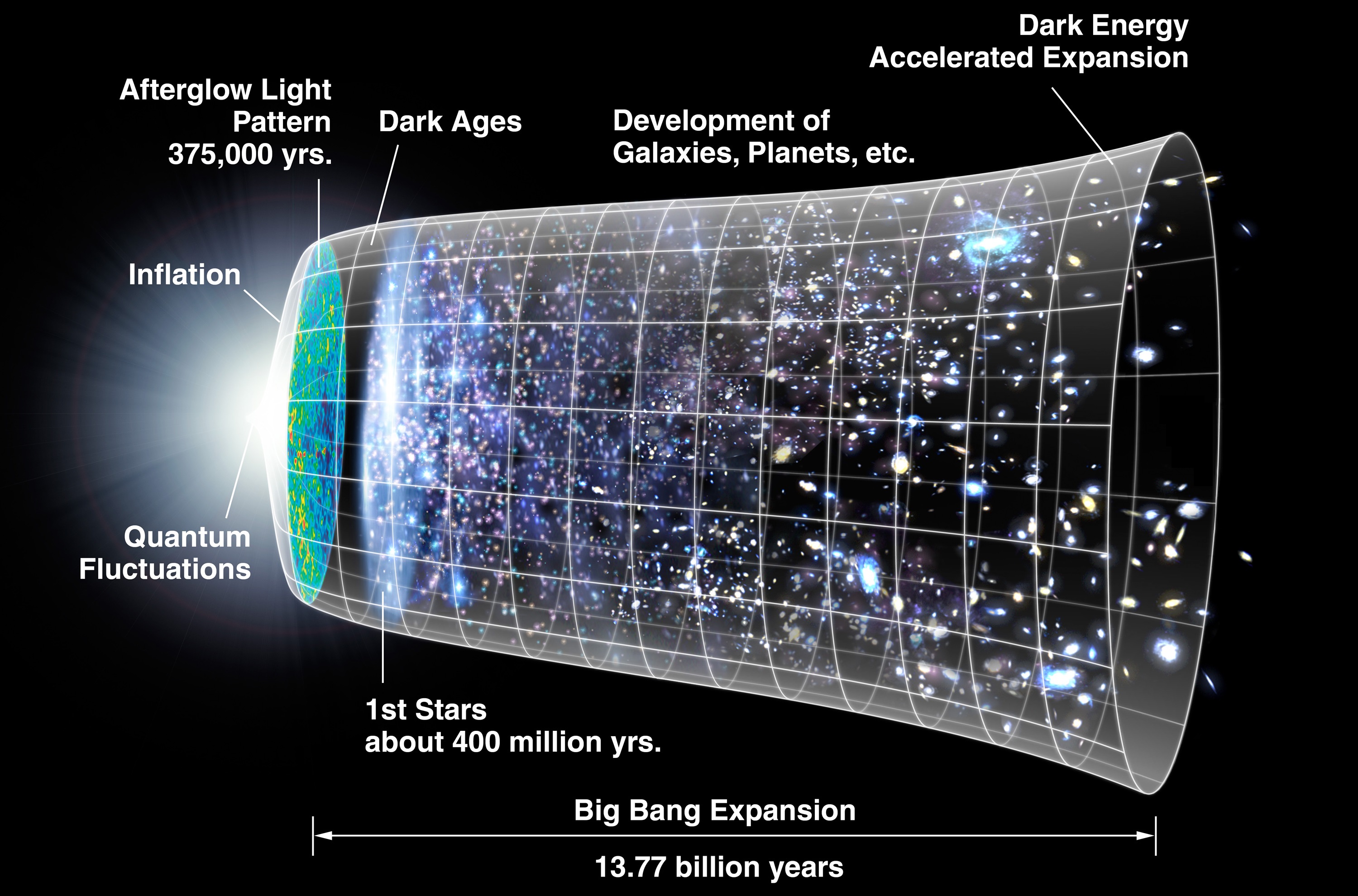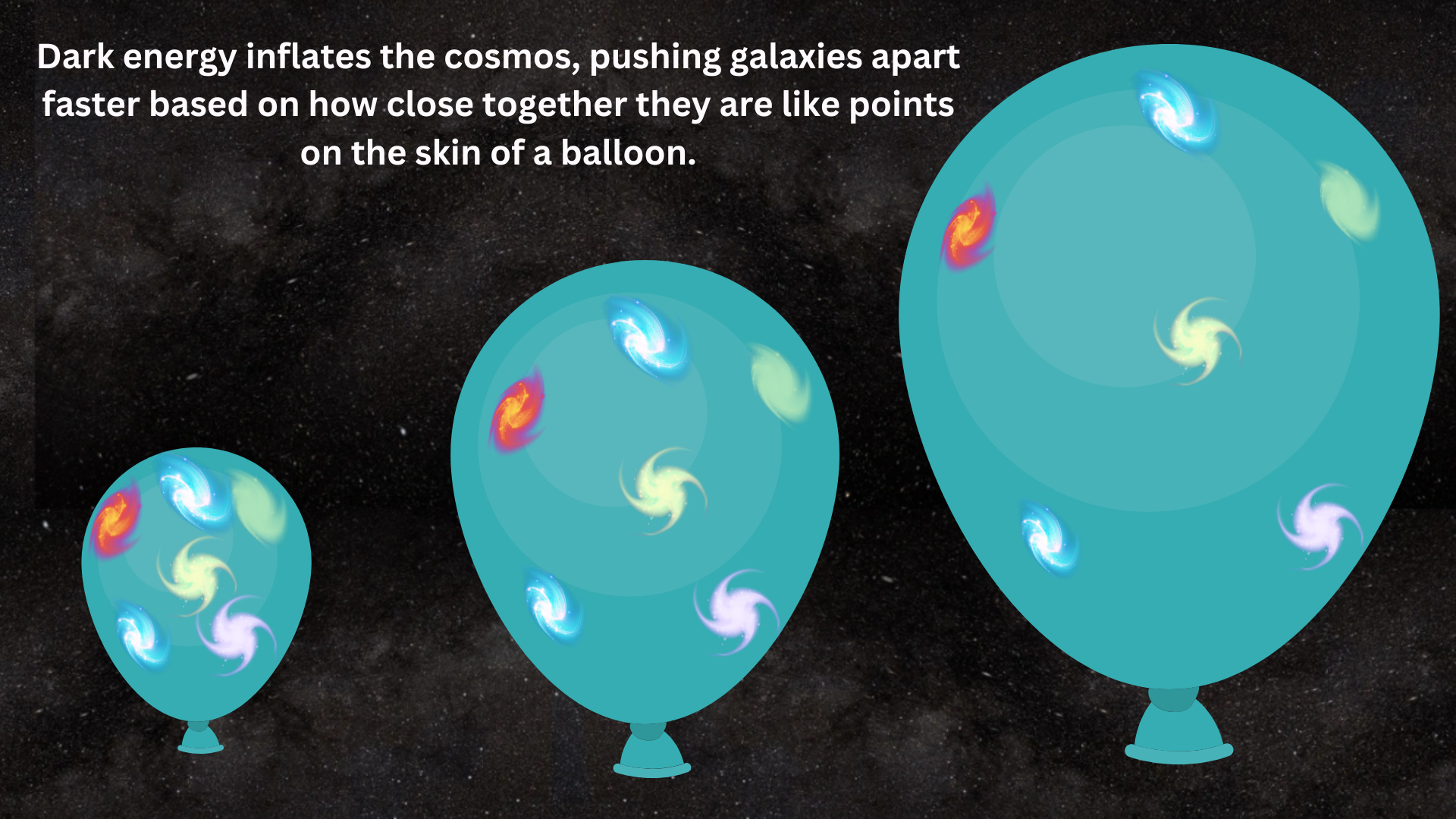What exactly is dark energy? Why does it appear to be losing strength? Could our universe be part of a larger multiverse? What is there beyond the edge of a black hole?
Recent insights suggest that the universe might be rotating, which could have significant implications for some of science’s biggest questions, including those mentioned above. This perspective comes from Polish theoretical physicist Nikodem Poplawski at the University of New Haven, who is recognized for his theories proposing that black holes serve as gateways to alternate universes.
“Dark energy is one of the universe’s most puzzling enigmas. Researchers have attempted to shed light on it by altering equations of general relativity or proposing new fields that could accelerate the expansion of the universe,” Poplawski told Space.com. “It would be remarkable if the mere rotation of the universe explained dark energy, especially as it suggests a reduction in its strength.”
Recent findings from the James Webb Space Telescope (JWST) indicate that about two-thirds of galaxies are spinning in the same direction, which hints at a lack of randomness and suggests a preferred orientation for cosmic rotation.
Moreover, Poplawski noted that other astronomical evidence indicates the angle between the main spinning galaxies and the flow direction of nearby galaxy clusters is 98 degrees, making them nearly perpendicular. This finding supports the idea that the universe is indeed rotating.
A rotating universe suggests more than one universe
To grasp why a rotating universe implies multiple universes, Poplawski introduces the concept of “frames of reference.” These coordinate systems are crucial in physics, helping measure motion and rest.
Consider two scientists, Terra and Stella. Terra, stationed on Earth, observes Stella in a spacecraft flying past. To Terra, the spacecraft appears to be moving relative to her stationary position on Earth. Conversely, Stella views her spacecraft as at rest, while she perceives Terra’s Earth as moving away.
Poplawski explained that if the universe is rotating, its frame of reference must also rotate, which implies it is rotating relative to at least one other frame of reference.
“Should the universe be rotating, it must do so with respect to a frame linked to something larger,” he said. “This means the universe isn’t singular; it’s part of a multiverse.”
Poplawski suggests that the most straightforward and natural explanation for the rotation of the universe stems from black hole cosmology.

Black hole cosmology posits that each black hole creates a new “baby” universe beyond its event horizon—the boundary that traps light and marks the outer edge of a black hole.
This theory replaces the traditional view of a central singularity in a black hole with “spacetime torsion,” leading to a repulsive gravitational force that initiates the expansion of a new universe.
“Since all black holes originate from rotating objects, like spinning stars or at the centers of rotating galaxies, they too possess rotation,” Poplawski explained. “The universe formed within a rotating black hole adopts the black hole’s axis of rotation as its preferred axis.”
This means our universe might be rotating in a specific way because it is aligned with the spin of the black hole encapsulating it.
“A black hole essentially acts as an Einstein-Rosen bridge or ‘wormhole’ connecting the parent universe to the new baby universe,” Poplawski elaborated. “Observers in the new universe would perceive the opposite side of the parent black hole as a primordial white hole.”

While we have yet to find a primordial white hole in our universe tied to a parent black hole, stronger evidence for this black hole cosmology may come from observing a preferred direction, or “rotational asymmetry,” in our universe. This can be reflected in the asymmetric rotation of galaxies.
“The movements of individual galaxies in this ‘baby’ universe are influenced by the overall rotation of that universe,” Poplawski noted. “The galaxies will tend to align their rotational axes with the universe’s preferred rotational axis, leading to the observable rotational asymmetry.”
Astronomers have started to notice these patterns.
This implies that every black hole in our universe could serve as an entryway to another baby cosmos. However, these emerging universes would be shielded from exploration due to the event horizon, preventing any signals from escaping.
Moreover, traversing this cosmic passage would be perilous for any “multinaut” due to the immense gravitational forces surrounding a black hole, which could stretch and distort any adventurer.
Even if a multinaut were to survive the journey, just as nothing can escape a black hole, nothing can enter a white hole, indicating a one-way ticket with no chance of returning!
Unfortunately, there is also no assurance that the laws of physics would remain the same in a baby universe as they do in the parent universe, suggesting a potentially unpredictable and hazardous outcome for any courageous multinaut venturing through a black hole.
Nonetheless, before we leap into exploring other universes, there are still plenty of mysteries to unravel within our own universe. Among the most pressing is the enigmatic…
the force of dark energy.
Dark Energy Stirs Curiosity Among Scientists
Dark energy is a term used for the mysterious force that is driving the accelerated expansion of the universe. Currently, dark energy makes up about 68% of all the matter and energy in the cosmos. However, this hasn’t always been the case.
In the universe’s early days, the energy from the Big Bang dominated, leading to rapid inflation. As the universe transitioned into a matter-dominated phase, gravity influenced this expansion, causing it to slow significantly. Just around 9 to 10 billion years after the Big Bang, the universe began to expand again—and this time, the expansion picked up speed, marking the beginning of the dark-energy era.
To illustrate the puzzle of dark energy, think of pushing a child on a swing. After the initial push, the swing slows to a stop, and then, inexplicably, begins swinging faster.

(Image credit: Robert Lea (created with Canva))
Recently, findings from the Dark Energy Spectroscopic Instrument (DESI) have suggested that dark energy might be weakening, a notion that raises questions within the standard cosmological model (Lambda Cold Dark Matter, or LCDM), which posits that dark energy remains constant.
However, theorist Poplawski proposes that a rotating universe could both account for dark energy and explain its potential diminishment.
“Dark energy could originate from the centrifugal force of a rotating universe on a large scale,” Poplawski noted. “If the universe were flat, this force would act only in directions perpendicular to the preferred rotational axis.”

(Image credit: DESI Collaboration /DOE /KPNO /NOIRLab /NSF /AURA /C. Lamman)
In Poplawski’s black hole cosmology model, a universe formed from a black hole is closed, meaning that moving in any direction ultimately leads to coming back from the opposite side.
This suggests that the centrifugal force from a spinning universe acts in all directions away from the original white hole.
“The strength of this force depends on the square of the universe’s angular velocity and the distance from the white hole,” Poplawski explained. “This relationship parallels the forces attributed to dark energy, which are proportional to the cosmological constant and the distance from the white hole. Thus, the cosmological constant correlates with the square of the universe’s angular velocity.”
So, how can this theory address the DESI observations pointing towards a weakening in dark energy?
“As the universe expands, its angular momentum is conserved but decreases,” Poplawski clarified. “This means that the cosmological constant, the simplest representation of dark energy, should decrease over time, which aligns with recent DESI findings.”
To support Poplawski’s ideas, further data on the movement of galaxy clusters and the orientation of galaxy rotation axes is necessary. This would provide additional confirmation of our universe’s rotation.
Moreover, collecting more information about how dark energy varies with cosmic distances and the age of our 13.7-billion-year-old universe could help establish whether dark energy’s weakening is tied to the diminishing angular velocity of the cosmos.
“The next step is to derive the equation that describes how the cosmological constant, influenced by the universe’s angular velocity, diminishes over time and to compare this with observed decreases in dark energy,” Poplawski concluded. “This investigation may require exploring metrics for an expanding and rotating universe.”
A pre-peer-reviewed version of Poplawski’s research is available on the arXiv paper repository.


